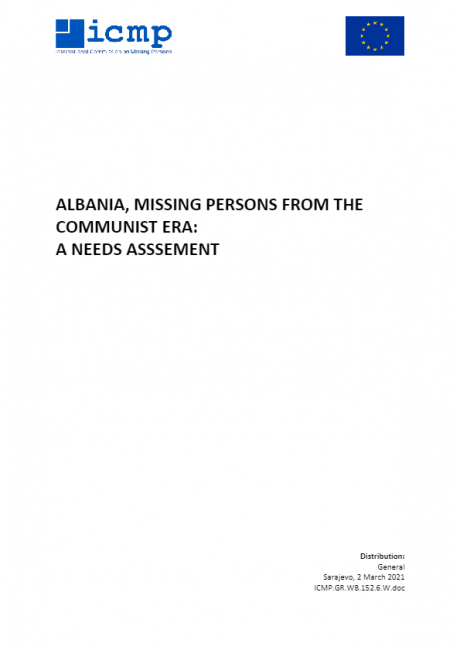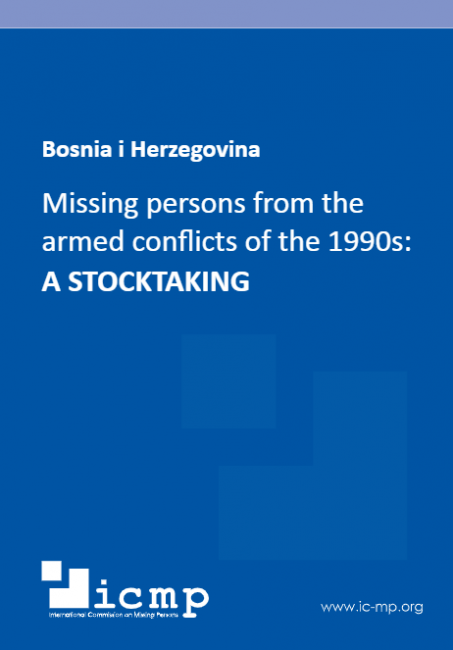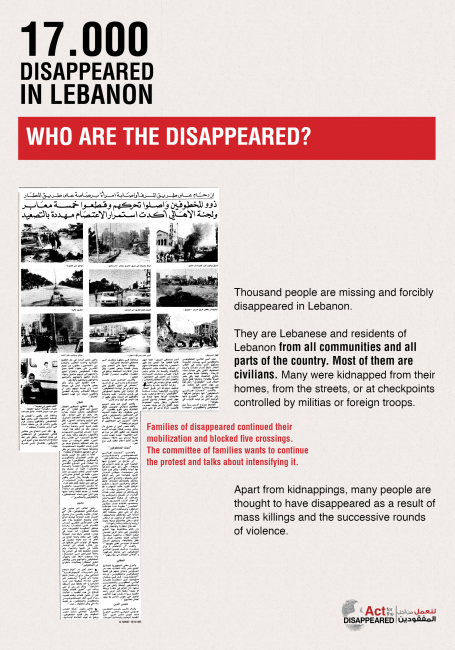The transfer of ashes after the Holocaust in Europe, 1945–60
From 1945 until around 1960, ceremonies of a new kind took place throughout Europe to commemorate the Holocaust and the deportation of Jews; ashes would be taken from the site of a concentration camp, an extermination camp, or the site of a massacre and sent back to the deportees country of origin (or to Israel). In these countries, commemorative ceremonies were then organised and these ashes (sometimes containing other human remains) placed within a memorial or reburied in a cemetery. These transfers of ashes have, however, received little attention from historical researchers. This article sets out to describe a certain number of them, all differing considerably from one another, before drawing up a typology of this phenomenon and attempting its analysis. It investigates the symbolic function of ashes in the aftermath of the Second World War and argues that these transfers – as well as having a mimetic relationship to transfers of relics – were also instruments of political legitimisation.







